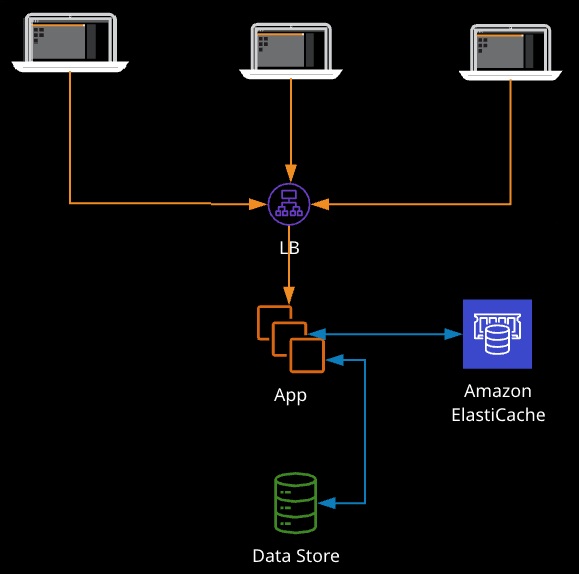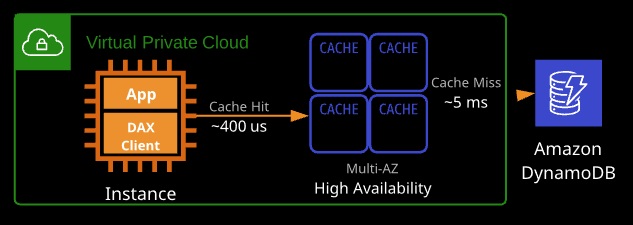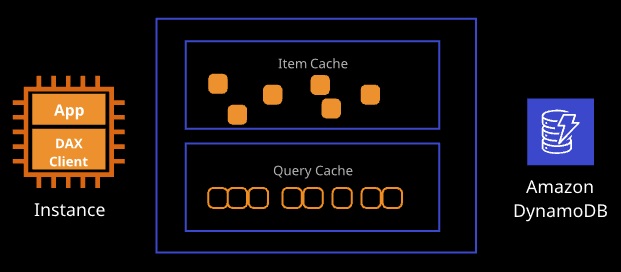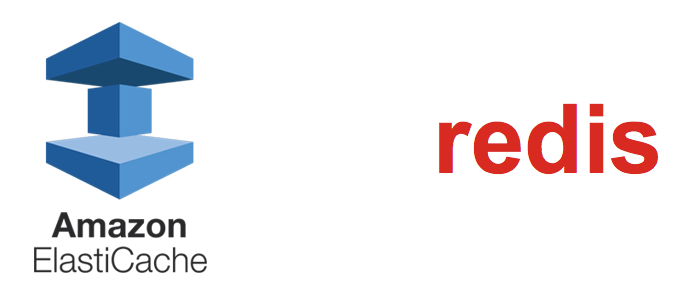ElastiCache is a managed in-memory data store supporting the Redis or Memcached engines. ElastiCache is used for two common use cases:
- Offloading database reads by caching responses, improving application speed and reducing costs
- Storing user session state, allowing for stateless compute instances (used for fault-tolerant architectures)
Generally, ElastiCache is used with key value databases or to store simple session data, but it can be used with SQL database engines.

- Managed in-memory data store and cache
- Memcached or Redis engines
- Typically used to offload database reads to improve web application performance
Node Type
- Families affect CPU
- General Purpose (T2, M4, M5)
- Memory Optimized (R4, R5)
- Sizes affect memory and network
Monitoring – CloudWatch metrics
CPU Utilization- When threshold is exceeded
- Increase the node family
- Add more read replicas (Redis) or nodes (Memcached)
- When threshold is exceeded
Evictions- Older items are removed to free up memory for new items
- Frequent evictions will decrease performance ,
- Increase the node size (memory)
CurrConnections- The application may not be releasing connections
Swap Usage- Affects performance if increased
- Should be close to 0
- Increase node size
DynamoDB Accelerator (DAX) is an in-memory cache designed specifically for DynamoDB. Results delivered from DAX are available in microseconds rather than in the single-digit milliseconds available from DynamoDB.

DAX maintains two distinct caches:
- Item cache
- Query cache.
The item cache is populated with results from GetItem and BatchGetItem and has a five-minute default TTL.
The query cache stores results of Query and Scan operations and caches based on the parameters specified.



